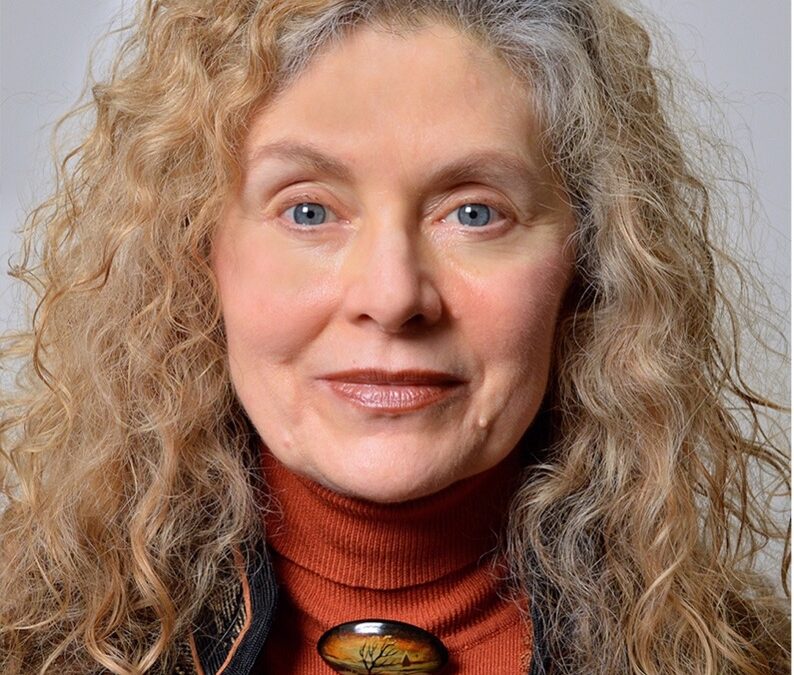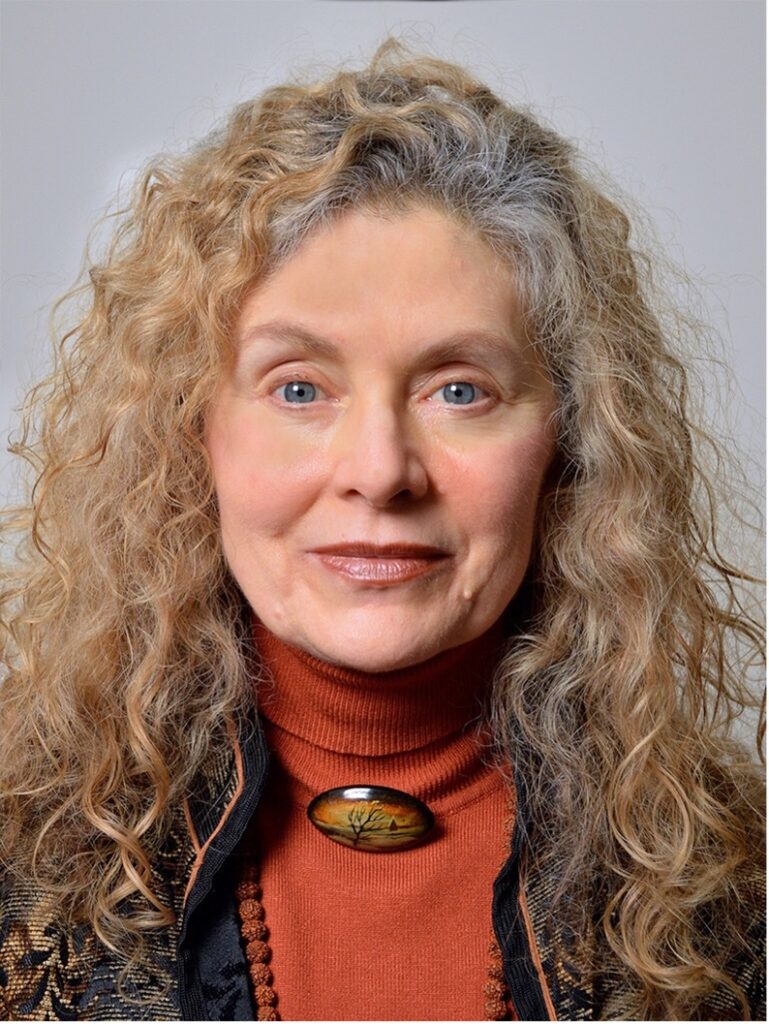You are invited to a Zoom webinar.
When: Jan 12, 2022 08:00 PM Eastern Time (US and Canada)
Topic: SIGGRAPH Pioneers: The Analog Animation Era (1969 – 1983)
Please click the link below to join the webinar:
https://acm-org.zoom.us/j/94250327452
Or One tap mobile:
US: +16699006833,,94250327452# or +12532158782,,94250327452#
Or Telephone:
Dial (for higher quality, dial a number based on your current location):
US: +1 669 900 6833 or +1 253 215 8782 or +1 346 248 7799 or +1 646 558 8656 or +1 301 715 8592 or +1 312 626 6799
Webinar ID: 942 5032 7452
International numbers available: https://acm-org.zoom.us/u/acXMbHSgQx
From the mid-1960’s to the early 1980’s, Lee Harrison III (1929-1998) pioneered a groundbreaking idea. With a background in television, Harrison reasoned that electronic circuits could be used to make a live video picture move around on a screen, and it could be made to happen in real time. After initial experiments with a device they called Animac, his team of video engineers at Computer Image Corporation in Denver invented three more machines specifically intended for creating animation for television and feature films. The Scanimate, CAESAR, and System IV were used heavily in a thriving world-wide computer animation market and dominated the entire decade of the 1970’s. This technology was used to create almost every animated news and sports show opening graphic on ABC, NBC, CBS, and shows like The Electric Company on PBS, for more than ten years – and even contributed to feature films like Sgt. Pepper’s Lonely Hearts Club Band (1978) and Star Wars (1977). Because the technology was quickly replaced by the digital animation production tools of the mid-1980’s, historians of computer graphics tend to overlook this important era.
The SIGGRAPH Pioneers are experimenting with the idea of year-round presentations that highlight historically important developments in the history of computer graphics and interactive techniques. These panels will be held on Zoom for all SIGGRAPH Pioneers to attend live and to submit questions for panelists in the chat room. These SIGGRAPH Pioneers panels will then be edited and posted to the SIGGRAPH YouTube channel for the rest of the world to enjoy.
As a SIGGRAPH Pioneer, you are invited to attend on JANUARY 12, 2022, at 8:00 pm Eastern using the Zoom link above!
Panelist bios:
ED KRAMER (Moderator) Ed was the last animator hired and fully trained on Scanimate at Image West before the arrival of digital technology. Using two interconnected Scanimates, he created a video game for the Diff’rent Strokes TV show (1982), a magic wishing well for the Warner Bros. film Daffy Duck’s Fantastic Island (1983), and he helped created opens for the Merv Griffin Show and the 1982 World Series on NBC. In 1983, Ed was hired as the lead animator at Editel in Hollywood, using the Computer Image System IV. Later in his career, he spent more than a decade as a Senior Technical Director at Industrial Light + Magic, with credits on all three Star Wars prequels. Now a full-time professor of CGI at the Rocky Mountain College of Art and Design in Denver, Kramer is also serving through 2024 as Chair of the SIGGRAPH Pioneers advisory group.
ROY WEINSTOCK Roy was hired for his electronics expertise at Image West in Hollywood in 1973. Using Scanimate and other video technology, he animated hundreds of US and International logos, news opens, show opens, and network sports opens in the 1970’s and early 1980’s. He contributed to Rose Bowl and Wimbledon opens, and even to a sequence of shots used in the original Star Wars movie in 1977. Roy then helped engineer the video facility at Editel in Hollywood and became an animator on the Computer Image System IV there. Since those early days, Roy has had a successful career in video editing and production, retiring from his job as Field Photographer and Editor at NBC Universal, WRC-TV in Washington DC in 2019.
FRED KESSLER Fred was hired in 1974 out of Syracuse University as a Scanimate animator at Dolphin Productions in New York. For years he created electronic animations for Madison Avenue advertising agencies, including the famous Pepto Bismol “Indigestion” commercial. Fred leveraged his vast knowledge of video and music production and his skills as a freelance Producer to create the NY company Musivision in 1997. He served there for many years as Executive Producer and Technical Director, supervising shoots, edits, and visual effects for show opens and broadcast branding. Fred is currently at New York’s American Museum of Natural History coordinating shows and serving as Business Manager for their National Center for Science Literacy, Education and Technology
SUSAN CROUSE Susan Crouse was hired in 1981 as an animator for Computer Image Corporation in Denver. Pioneer Lee Harrison III started the company to invent computer animation products while also using them in production. She started on Scanimate, then moved to CAESAR, an analog/digital computer prototype for character animation. She also worked with their final product, System IV, and was likely the only animator on all three products. She left Computer Image for a stint in LA for a short-lived 3D animation studio. Z-Axis in Denver was next, working on the real-time 3D Bosch FGS 4000. This lead to joining Bosch and becoming the product manager. The team won a Technical Emmy for the FGS-4000. This team also developed a Sun Workstation modeling system and a ring-architecture rendering engine called the Pixelerator. Susan spent the following years in the video and communications industry in product management on ground-breaking technology. She is now an entrepreneur with two companies, Traxart Toys and Silvis Materials.
DAVID SIEG Dave was hired in 1979 as Maintenance Engineer at Image West in Hollywood, and soon became Chief Engineer. Not an animator, Dave kept the Scanimates and other electronic gear running, while also doing R&D to create a next-generation hybrid analog / digital device called VersEFx. He went on to spend five years (1982-1986) as VP of Research and Development at Omnibus Computer Graphics at Paramount Studios in Hollywood, and since has done a number of freelance production and R&D consultation projects under the company name Zfx, Inc. Dave still owns and maintains a working Scanimate at his home in Asheville, North Carolina. He is also the owner of the website scanimate.com, dedicated to preserving the history of analog technology, and he directed the documentary Scanimate: The Dream Machine (2006).

